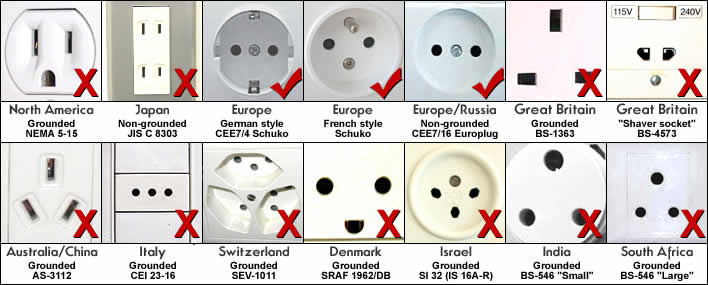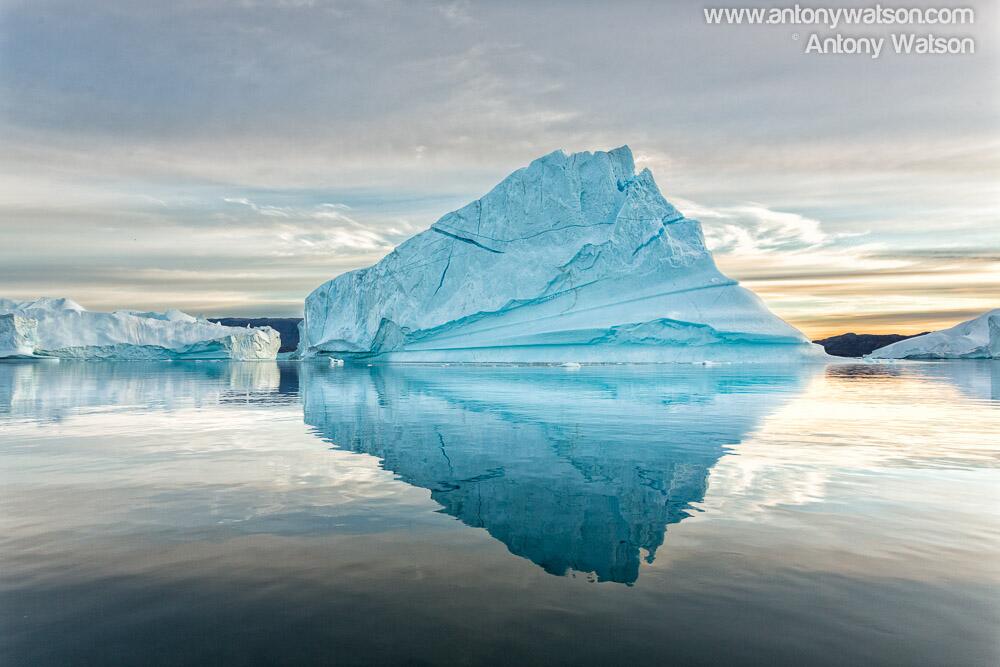As I am slowly packing my gear from my own Arctic Circle photography packing list, I thought I’d share my packing list recommendations. I’m currently packing off this same Arctic Circle photography packing list that I give to my clients, as I prepare to fly out on the 2nd Saturday in August to Iceland and the Arctic Circle for a series of photography expeditions.
I’ll be spending a week in Iceland doing personal folio work and 13 days on the ship Polar Pioneer on the Jewels of the Arctic photography expedition led by Joshua Holko. In these 3 weeks I’ll see a range of climate conditions including grassy tundra, mud, ice, snow, sand and of course the might ocean.
The weather in between Iceland, Greenland and Svalbard during August ranges between 5-14°C (41–57 °F) average day time temperatures with overnight temperatures dropping below freezing on occasions. More importantly at this time of year there is quite a good chance of light drizzle rainfall and a reasonable chance of heavier rain. The rainfall combined with the general water/ice/snow based nature of this expedition means water proofing is particularly important.
For those never having travelled to a cold climate or been on a ship based photography expedition or travelling in a Zodiac can present quite some water penetration based issues.
Clothing Packing List
Having the right clothing is EXTREMELY IMPORTANT for this type of photography expedition. The weather is cold. But thats only where it starts! There is also rain, wind, sea spray and you’ll be walking on frozen, wet and rough terrain.
Layers, layers and more layers!
I always recommend planning your clothing based on a layers paradigm.
THERMAL (INNER) – Thermals, quick wick clothing – Polypro Thermal leggings and shirts are good. Wool types are better
INSULATION (MID) – bulk insulation layers – polar fleece, good quality winter jackets.
PROTECTION (OUTER )- your Goretex water proof and wind proof garments are a must. Water and wind resistant are not going to good enough.
By applying the layers principle you can easily adjust your clothing based on the weather conditions and temperatures to ensure you remain comfortable and of course dry!
If you get colder then doubling insulation layers can help boost your comfort levels. Down jackets might be desirable if you struggle to keep warm more than others. If you’re travelling in the colder months (yes it does get much colder!!) then down jackets/thermal jackets are definitely recommended.
You can leave your hat on!
Over 75% of body heat is lost through your head. In climates such as those in Iceland, Greenland and Svalbard not having your head covered is a big no no. The layers principle for clothing also applies to head wear. A good thermal/insulation layer is important. Synthetics or wool are great. And of course an Protection layer is also required, this can be the hood on your Protection layer jacket.
Fits like a glove.
Good fitting gloves are important. The extremities of your body are affected by the weather more than your core body, yet they are the parts of our bodies we need to use the most and hence expose to the elements.
Operating a camera with your fingers covered just plain doesn’t work. Don”t even considering trying to change a memory card with full gloves on!
Personally I use the Freehands gloves which I reviewed previously here. These gloves are a good compromise of flexibility, insulation and most important of all, the ability to have some tactile touch when operating your camera.
If you have a pair of gloves that you need to remove to use your camera then I highly recommend a few packets of chemical hand warmer.
Boots
When it comes to footwear I always recommend a good pair of hiking boots with Goretex or equivalent. Cold wet feet are a no no in these environments and can quickly lead to frostbite. So wearing good footwear is important. Good woollen and thermal socks are always important to ensure your feet stay toasty and warm.
Buying a pair of Muck boots is also an option you can consider for using in the Zodiacs.
Micro spike chains can also be added to your boots for more assured footing when walking on ice and snow etc. Please note that these cannot be worn when aboard the Zodiacs.
It is always recommended to pack a 2nd pair of boots incase your primary pair of boots get wet and need some down time to dry out.
Other items
Sun protection is a must. Good sunglasses and good sunscreen are mandatory. With the amount of sunlight in these areas at this time of year, and the reflect sun of water, ice and snow. having good sun protection is essential.
Camera Gear
When it comes to what camera equipment to bring, that’s a personal choice. If you are like me, I’d like to bring it all but that just a little impractical.
It is recommended that you bring a 2nd camera body as a reserve but also to make life easier when shooting from a zodiac that you can have two different lens configurations securely mounted to cameras.
Professional weather sealed cameras are pretty much a necessity. You can risk non-weather sealed cameras at your own risk. Please be mindful that weather sealing on many models does not necessarily make your camera and or lens(es) impervious to water, nor immersion safe.
Changing lenses in such in a wet cold environment can be hazardous. If your about to set out in a Zodiac to shoot, ensure your lenses are affixed to your camera bodies and your memory cards are ready to go in your bodies.
The recommended camera kit is:
- 35mm DSLR Camera
- Reserve 35mm Camera Body
- Wide Angle Lens
- Telephoto Lens
- Teleconveter/Extender
- Batteries (batteries don’t last anywhere near as long in cold weather so pack twice as many as you think you’ll need)
- Tripod
- Graduated Neutral Density Filters
- Lens Cleaning cloths and fluid
- Remote shutter release
- A laptop with card reader
- Enough memory cards to get you through a day of photography
- Enough internal/external storage to download all your cards for the duration of the trip
- Rain cover for your camera equipment
Camera Bags
Having a good quality camera bag is essential. A bag with a waterproof cover is ideal.
Given the amount of camera gear most of us carry a good large bag is essential. Ideally a bag you can open compartments without exposing the complete contents of your bag is ideal personally I use a Gura Gear Bataflae 32L, see this review of the Gura Gear Bataflae 32L bag which allows you to open each half of the bag individually or all at once. Perfect for this type of climate.
When travelling in a Zodiac its not possible to wear a backpack and you won’t be able to open your backpack due to spray so you may want to keep the cameras your using in a ‘dry bag’ whilst on the zodiac. These can be bought from any outdoor adventure store. I used a waterproof bag that can easily be slug over my shoulder or attached to my backpack one I go ashore.
Electricity
The power voltage in Iceland and on the ship is 220-240 volts 50Hz (U.S/Canada are 110-120 Volts). Electrical sockets (outlets) are the European Type C with the two round pins. Most power supplies switch voltages automatically between 110v and 240v but please check your power adapters are 240v capable.
If your power adapter plug isn’t a European Type C plug, adapters can be sourced from an electronics or travel store for around $5-$10. Just buy one and bring along a 4 (or 6 if you’re like me) point power expansion board that you can plug all your power adapters into and plug the power board into your adapter and into the wall socket.

Well that’s my recommended Arctic Circle Photography Expedition Packing Guide. I’ve still got a few more things to pack but I’m nearly done.
If you’re interested in travelling to the Arctic Circle on Jewels of the Arctic in August 2014 which I will be co-leading with Joshua Holko then please contact me. More information about next years trip can be found here.

3 comments for “Arctic Circle Photography Packing List Recommendations”